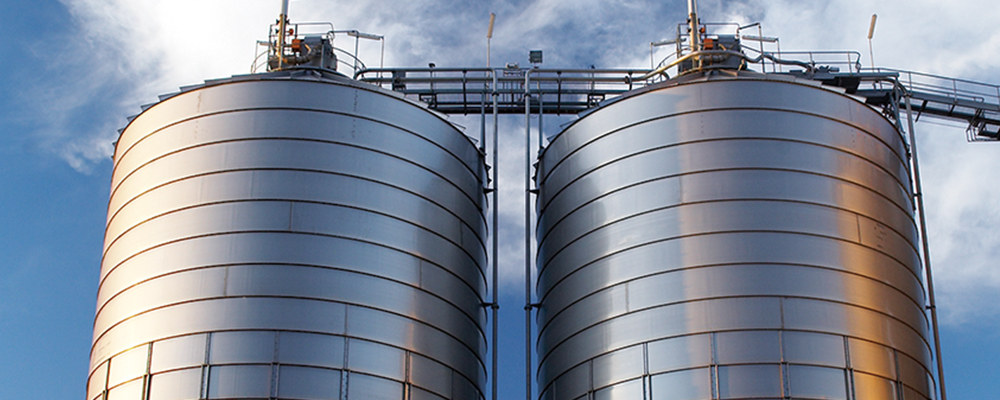
PVC and Dioxins
A burning question: is PVC the major source of dioxin emissions?
It seems that concern still exists that PVC products are a major source of dioxin emissions and that if PVC products were therefore banned, the risk of exposure to dioxins would be virtually eliminated.
Just last week, we had an inquiry from a consumer who was very interested in installing uPVC windows in her new home but was concerned because she had read on the internet that they could emit dioxins during use. Such misinformation around dioxins is really troubling.
So what is the connection between PVC and dioxins and is such concern warranted?
Dioxins are a group of toxic compounds that are formed unintentionally during combustion processes such as waste incineration, forest fires, backyard bonfires and in many industrial processes. To form, a minute amount of chlorine is required together with a particular range of temperature and oxygen concentration conditions, constituting poor or incomplete combustion.
Because of the need for chlorine to be present, this has led to the association of dioxins to chlorinated compounds, like polyvinyl chloride, PVC. However, it has been well established now that the presence of more chlorine during combustion doesn’t equate to more dioxins being formed; that is, there is not a direct quantitative relationship between chlorine content and dioxin formation.
PVC contains chlorine, derived from the electrolysis of salt, NaCl. It has been claimed by some that since the production of PVC consumes about 30 percent of the industrial chlorine produced globally, PVC must be the largest source of dioxin emissions: chlorine in, dioxins out. But this argument is ill-founded since dioxins are only formed as a by-product of combustion; PVC or other materials containing chlorine – like salt – do not emit dioxins in their normal state.
Dioxin formation can occur in the chlorine production process where graphite anodes are used. Many industrialised countries replaced the graphite anodes in the 1970s.
Industrial emissions of dioxins peaked in the 1980s. Active abatement policies including regulations on combustion processes and incineration have dramatically reduced emissions from industry by 90 percent in Europe and the US, yet the production of PVC over the period has increased threefold. PVC production is clearly not positively correlated to dioxin emissions.
So what are the sources of dioxin emissions?
Essentially, any process involving combustion in the presence of a minute amount of chlorine can lead to the formation of dioxins under certain temperature and oxygen conditions. Thus burning PVC in the open or in a building fire could lead to dioxin emissions, just as burning timber (because trees, as living matter, contain chlorine ions) or a sausage on your barbeque (because it contains salt) could. Diesel engines, production of zinc, aluminium, iron & steel, bricks, cement and ceramics, timber kilns and many other industrial processes, including manufacturing the precursors to PVC, can be sources of dioxin formation.
Dioxins are Persistent Organic Pollutants (POPs) and for many years there has been an international effort to address POPs globally. Australia is a signatory to the Stockholm Convention on POPs and, as part of its obligations under the Convention, the Federal Government undertook an inventory on dioxin emission sources, the update of which was published in 2004 . This found that uncontrolled combustion processes - including waste burning and accidental fires, but most significantly influenced by emissions from grass and bush fires - contribute approximately 75 percent of all emissions in Australia. Ferrous and non-ferrous metal production (aluminium, zinc, steel etc) accounted for nearly 9 percent of total emissions in Australia, while local PVC manufacturing was negligible (less than 0.001 percent of the total).
Australia’s Action Plan to reduce dioxin exposures and emissions does not refer to PVC products or production; it does include actions to be implemented for some other (non-PVC related) industrial processes.
It’s not what you burn, but how you burn it that is important.
Regulations on open burning together with modern incineration and industrial combustion processes are proving successful in minimising emissions of dioxins and have contributed to the significant falls in emissions in developed countries. Life cycle assessments and regulatory monitoring of PVC manufacturing show that dioxin emissions from the PVC industry are extremely low.
So should we still be concerned about dioxins?
Yes, they are considered highly toxic and carcinogenic, because of their persistence, bioaccumulation and prevalence in the environment; and yes, we should minimise their formation and our exposure to them.
Would not using PVC make a difference? No.
Read more about the effective managment of dioxins in PVC manufacture and incineration in the following VinylPlus publications:
Dioxins and PVC - A troubled past, a brighter future
PVC waste incineration and HCl.





